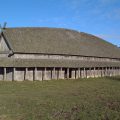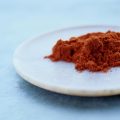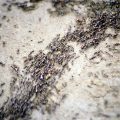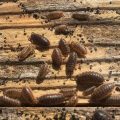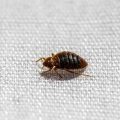Plywood is a versatile and widely used building material that is made from thin layers or plies of wood veneer. It is an engineered wood product that is made by combining multiple layers of wood veneers together using a special adhesive. In this article, we will take a closer look at the process of how plywood is made.
The first step in making plywood is log storage. The logs are stored in a dry and cool area to prevent them from getting wet or damaged. The logs are then debarked and bucked into smaller pieces to make them easier to handle. The pieces of wood are then heated to soften them and make them more pliable.
Once the wood is ready, it is peeled into thin sheets or veneers. This is done using a machine called a veneer lathe. The veneer lathe cuts the wood into thin sheets that are between 0.3mm to 3mm thick. The thickness of the veneer depends on the desired thickness of the plywood.
The next step is to dry the veneers. This is done in a special drying room or kiln. The veneers are dried to a specific moisture content to ensure that they are strong and stable. The drying process also removes any impurities and helps to reduce the weight of the wood.
After the veneers have been dried, they are glued together. This is done using a special adhesive that is applied to each layer of veneer. The adhesive used depends on the intended use of the plywood. For example, waterproof glue is used for marine-grade plywood.
The glued veneers are then stacked together and placed in a hot press. The hot press applies heat and pressure to the veneers to bond them together. The heat and pressure are applied for a specific amount of time to ensure that the glue is fully cured and the veneers are firmly bonded together.
Once the veneers have been pressed, the plywood is cut to size. This is done using a saw or a router. The edges of the plywood are then sanded to create a smooth and even surface.
Plywood is a versatile and widely used building material that is made from thin layers or plies of wood veneer. The process of making plywood involves log storage, log debarking and bucking, heating the logs, peeling the logs into veneers, drying the veneers, gluing the veneers together, pressing the veneers in a hot press, plywood cutting, and sanding. Each step in the process is essential to ensure that the plywood is strong, stable, and suitable for its intended use.
Step-by-Step Process of Making Plywood
The production process of plywood can be divided into nine main steps, which are as follows:
1. Log storage: The logs are first stored in a designated area before being processed.
2. Log debarking and bucking: The bark is removed from the logs using a debarking machine, and the logs are then cut into smaller sections called “bolts”.
3. Heating the logs: The bolts are placed in a steam heated chamber to soften the wood and make it easier to peel.
4. Peeling the logs into veneers: The bolts are then fed into a lathe that peels the wood into thin sheets called “veneers”.
5. Drying the veneers: The veneers are dried to remove excess moisture and prevent warping.
6. Gluing the veneers together: The dried veneers are then coated with adhesive and stacked on top of each other.
7. Pressing the veneers in a hot press: The veneers are then placed in a hot press and compressed under high pressure to form a solid sheet of plywood.
8. Plywood cutting: The plywood sheets are then cut into various sizes and shapes using a saw.
9. Other finishing processes: The finished plywood is then sanded, graded, and inspected for defects before being packaged and shipped.
The process of making plywood involves debarking and bucking the logs, heating them, peeling them into veneers, drying them, gluing them together, pressing them in a hot press, cutting them into various sizes and shapes, and finishing them with sanding, grading, and inspection.
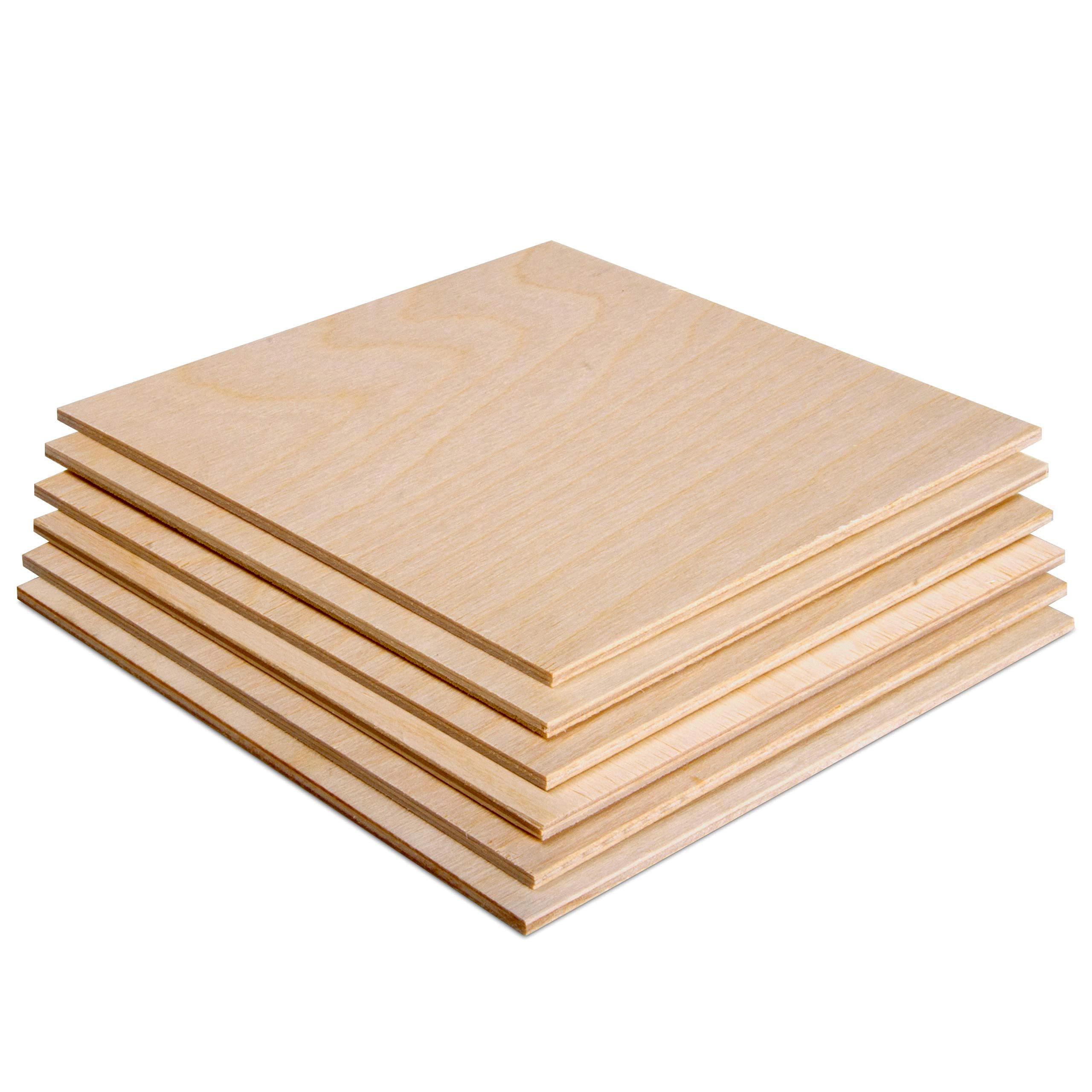
The Process of Making Plywood
Plywood is typically made by laminating thin layers or plies of wood veneer together using an adhesive. The veneers are usually peeled from logs using a rotary lathe, and the thickness of each layer can vary depending on the intended use of the plywood.
After the veneers have been peeled, they are sorted and graded based on their quality. The highest quality veneers are used for the outermost layers of the plywood, which are known as the face and back veneers. The inner layers, which are called the core, are made up of lower quality veneers.
Once the veneers have been sorted, they are typically dried to remove any moisture that may be present. This helps to ensure that the plywood will be stable and resistant to warping or twisting.
Next, the veneers are coated with an adhesive and stacked together with the grain of each layer running perpendicular to the one below it. This alternating pattern of grain direction helps to add strength and stability to the finished plywood.
The stacked veneers are then pressed together under heat and pressure to create a flat, solid sheet of plywood. The exact temperature, pressure, and duration of the pressing process can vary depending on the intended use of the plywood.
The finished plywood sheets are trimmed to size and sanded smooth. Depending on the intended use, they may also be treated with chemicals or coatings to protect against moisture, insects, or fire.
Types of Wood Used in Plywood
Plywood is a type of engineered wood that belongs to the family of manufactured boards, which also includes particle board and oriented strand board (OSB). This wood product is made from thin sheets of veneer that are peeled from debarked wood. These veneer sheets, also known as plies, are then glued together in alternating right angles to create a cross-grain pattern. The resulting plywood is strong and durable, with excellent resistance to warping and cracking. It is also versatile, as it can be easily cut, shaped, and finished to suit a wide range of applications. plywood is a type of engineered wood that is made from thin veneer sheets that are glued together in a cross-grain pattern.
Conclusion
Plywood is a versatile and popular material that is used in a wide range of applications, from furniture and cabinetry to construction and packaging. The process of making plywood involves several steps, including log storage, debarking, heating, peeling, drying, gluing, pressing, cutting, and finishing. By combining thin sheets of wood veneer in alternating right angles, plywood is created with a cross-grain pattern that provides strength and stability. Whether made from softwood or hardwood, plywood is an engineered wood product that offers a cost-effective and reliable solution for many different projects and industries.



